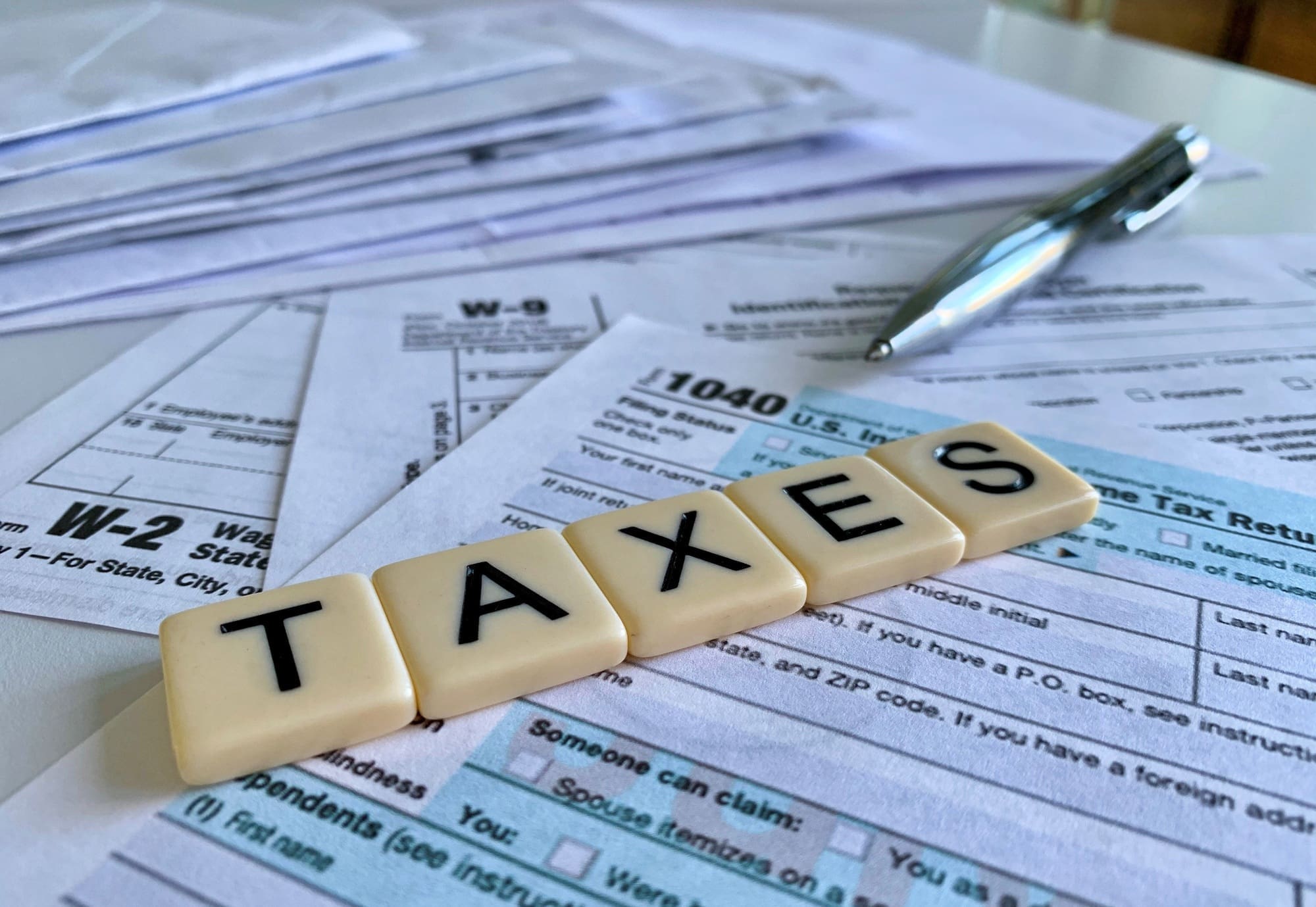The government will publish its Autumn Statement on 23 November 2016.
This week’s blog will see four posts on what someone might expect to see over the next four or five years by way of reforming our overly complex tax system. That doesn’t mean that you will see appropriate measures in the Autumn Statement but you may want to look out for hints that the government is thinking along these lines … or not. Any government which is serious about the simplification of our tax system during its term of office will probably need to consider whether they can realistically bring greater clarity and transparency to the four areas covered in these posts.
The first area which requires clarity and transparency is the classic balance between the taxation of income and other short-term receipts on the one hand, and the taxation of long term gains or capital growth on the other. With income tax rates and capital gains tax rates for individuals having been so different for so long, it is very easy to forget that the tax system consciously discriminates in favour of longer term returns. It always over the last few decades but it was not always so. In the context of the 2008 financial crisis and subsequent years, this approach clearly has merit.
Nevertheless, in area’s such as the taxation of UK property returns, both when considering rental receipts and capital growth, changes have recently produced a relationship between income returns and capital gains which has been blurred.
With UK housing remaining near the top of the list of public concerns, it would be an excellent time for the chancellor to start a serious debate on how the tax system ought to deal with income and with long and short-term gains, in a way which meets the broadest needs of the UK in a demonstrably equitable fashion.


